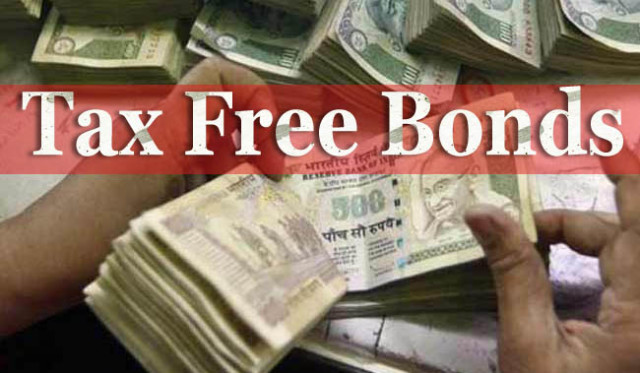The biggest mover in the markets in March are likely to not be the usual Banking or bluechip stocks, but a relatively less glamorous part of the market – Bonds.
Both NABARD (National Bank for Agriculture and Rural Development) and IRFC (Indian Railway Finance Corporation) are coming out with an issue of tax-free Bonds during March 2016 to meet their financing needs. While NABARD’s issue is already oversubscribed, IRFC’s announcement is awaited. NABARD has declared an interest rate of 7.64% for a fifteen-year lock-in period, and 7.29% for a ten-year bond. IRFC, it is expected, will offer a similar rate.
The rates are a little lower for those prepared to invest over Rs 10 lakhs, but we will consider the normal retail investor’s rates in our calculations.
To understand whether these Bonds make any sense for a retail investor, we need to compare the yield with that we are getting on similar investments elsewhere. A Bank FD for ten years presently yields 7 to 7.5% in public sector and private sector Banks. The rates are marginally higher for co-operative Banks, though these carry a higher risk. What is worth remembering, though, is that all these are subject to Income-Tax. This means, for a person earning between Rs 5 lakhs and 10 lakhs, where the tax rate is effectively 20%, the actual income you make on a Bank FD is between 5.6% and 6% after taking tax into account. As against this, a return of 7.29% is definitely a better option, considering that it will be tax-free.
While there is no similar comparable available for 15 years, it is a safe bet to say that in the short term, the interest rates are more likely to head downwards than up. In fact, with the Reserve Bank of India under pressure to effect a rate cut in the next policy period, it is looking very likely that FD rates will go down further.

Image source
Seen against this backdrop, the tax-free Bonds appear to be a very good investment option. However, there are some caveats that you need to be aware of.
Firstly, a ten-year minimum lock-in period is a very long time. Fifteen years, of course, is even longer. The only comparable investment with that long a lock-in period is the PPF, which offers a higher rate, also tax free. So if the amount you have available to invest is upto the Rs 1,50,000 that is permitted in the PPF per annum, that is a better avenue for investment.
Secondly, on an investment horizon of this length, for a young investor with a higher risk appetite, a better option is to invest in equities, preferably through mutual funds. Over a ten-year period or a fifteen-year period, systematic investments in Mutual Funds will typically be better than a government Bond.
Thirdly, if you are not in the highest tax slab of 30%, the benefit for you is not that attractive. Considering that Bank FD’s have an option to withdraw prematurely and can also be made for smaller tenures, they offer more flexibility.
Finally, even for those of you with lower risk profiles, it may not make sense to invest more than a small part of your investible funds in such Bonds. A better option is to invest in Debt Mutual Funds, which have a safer investment profile than equity and at the same time will offer a higher rate of return than these bonds.
To summarise, the tax-free bond issue of IRFC, which will be the last such issue of this year, is only attractive for those in the highest tax bracket seeking a steady income over a long period of time. For younger investors in a lower tax brackets, the investment in this option should be restricted to a smaller amount, with more of an emphasis on alternate high-return options.





























